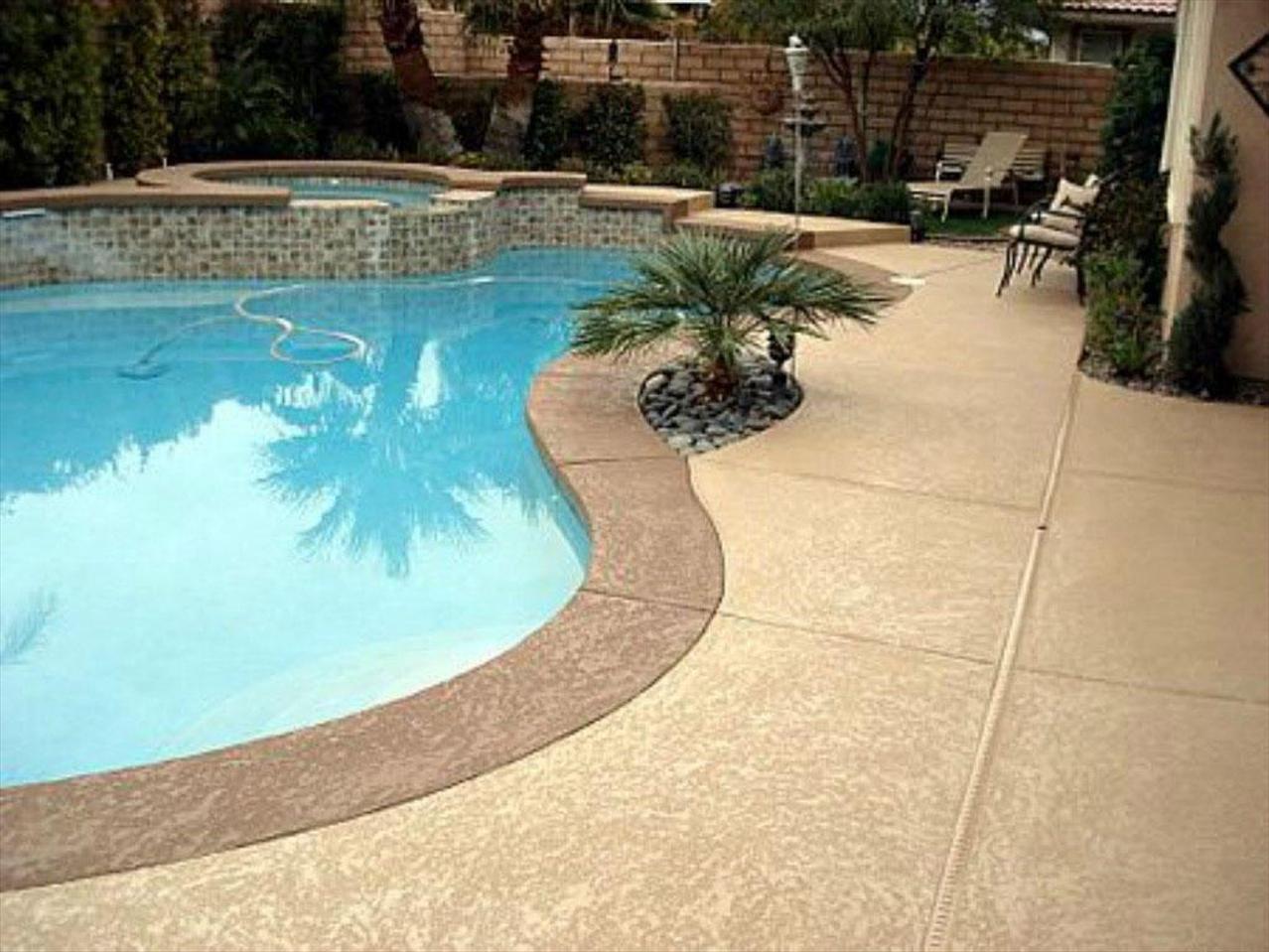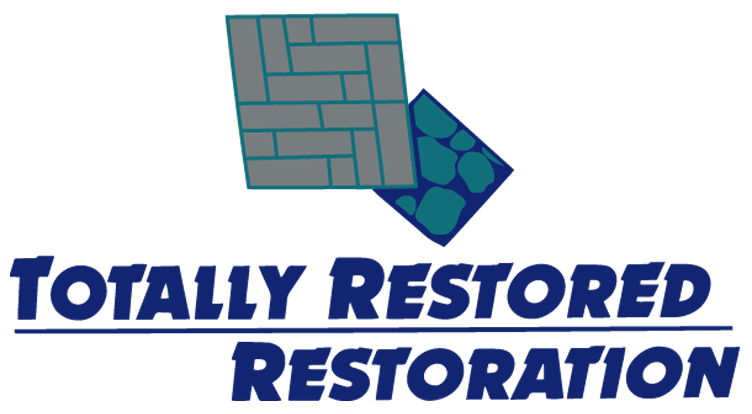Kool Decks

Why a Kool Deck?
Why a Kool Deck?
- Significantly lowers the surface temperature of concrete.
- Withstands thermal expansion and contraction better than concrete.
- Proprietary mixture of natural substances and synthetic iron oxide pigments.
- Environmentally safe.
- Scrub with soap and water to keep the surface looking great.
What Else?
What Else?
Kool Deck Application
Kool Deck Application
How is the concrete prepared before the application?
When preparing concrete for installation, our Company uses a combination of Muriatic Acid, grinders, sandblasting, sanders, and pressure washers, depending on what is required to create the ideal profile. Chemicals are used to remove such items as oil, adhesives or paints.
How much thickness will this product add to my concrete?
Total thickness is typically 1/16 – 1/8 inches. When applying this product we are more concerned about getting the acrylic to penetrate the concrete than building up the surface. If the surface needs to be substantially built up beyond this range other products on the market can be used as a base coat with the acrylic our Company applied as the top coat.
With this product, thicker does not mean better. Actually the thinner it is applied the better the flexural properties. Flexibility is very important to allow for expansion and contraction of concrete during freeze/thaw cycles. When the acrylic concrete is applied 1/16” to 1/8” thick it is allowed to move with the concrete as opposed to against it, such as other products like tile, slate, pavers or concrete patches.
Can cracks be repaired?
There are many methods to repair concrete cracks and a wide range of cost. The method used to repair a crack is determined by many factors including, but not limited to, the purpose for repairing the crack, size, budget, and material going over the crack (tile, coating, etc…).
Regardless of the method used to fill a crack, there is the possibility of the crack retracing itself or re-appearing. Whenever possible the crack should be worked into the coating pattern. The repaired crack should be placed in a grout line of the coating design. If cracking is an issue, our Company may recommend a flagstone pattern. Since we free cut our flagstone we can trace along any crack making it a grout line within a flagstone pattern. Since our grout lines are a little recessed, the crack is less visible. The crack is also much easier to repair if it opens up again in the future.
Should controlled joints be covered up?
Concrete must be allowed to expand and contract with temperature changes. Joints provide a controlled crack for movement. Thus all expansion joints are left in place and should not be filled with concrete.
Caulking can be placed over the cracks inside the control joints to prevent water from getting underneath your concrete surface and creating damage. However, if a coating is being applied over concrete, the expansion joint or control joint should still be worked into the design. (This type of caulking is not available in retail shops. Retail caulking typically has a short life and will prune over time and pull from the edge.
How long do you have to stay off the surface once it is applied?
After the sealant is applied you must stay off the surface completely for 24 hours. All items that need to be permanently placed on the finished surfaces, such as boxes or light furniture must not be placed on the surface for three days. Heavier furniture and appliances should stay of the surface for five days while vehicles should stay of the surface for seven days.
Kool Deck System Colors and Textures
Kool Deck System Colors and Textures
Comfort: Kool Deck significantly lowers concrete temperatures.
Safety: Kool Deck is completely non-skid.
Durability: Wear and weathering are virtually eliminated because of the extra strength of Kool Deck.
Maintenance: Because of its uniform color retention, the KOOL DECK keeps your pool looking new year after year. Its stain resistant qualities far exceed those of regular concrete decking.
Hygenic: A Kool Deck contains ingredients designed to prevent the growth of micro-organisms found in deck areas, and still remains totally non-toxic.
To find out how to turn your old pool into a work of art, call US today!
